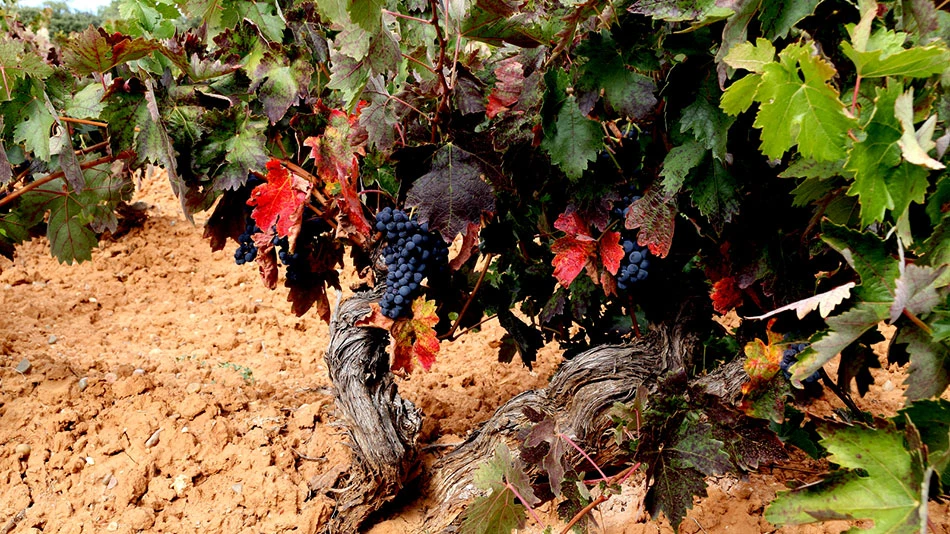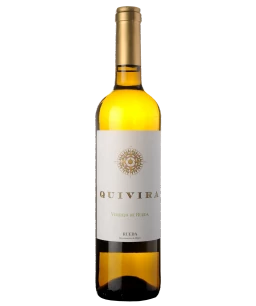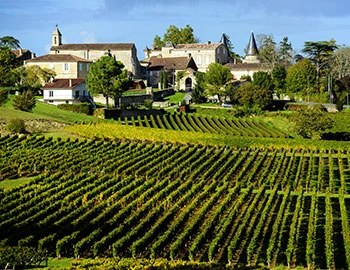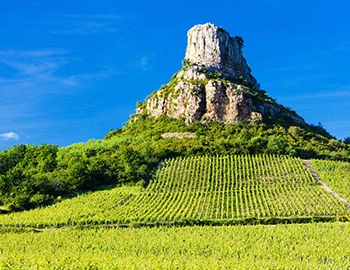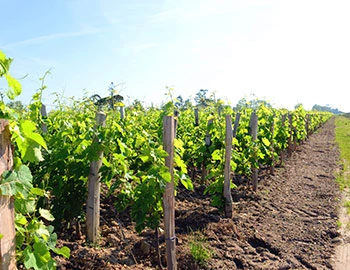Rueda
Rueda: Everybody’s Darling
The crisp, fruity white wines from Rueda have become an export hit, and there is no end to this success story in sight. These primarily fruity white wines, matured in stainless steel tanks, come on the market just five months after harvest. The Rueda boom is based almost entirely on Verdejo, a variety long-established here. But the Sauvignon Blanc wines impress as well, with aromas typical of the variety and crisp freshness intrinsic to all Rueda wines.
White wines from Rueda
Perhaps it was actually a lucky accident that helped Rueda on its track to success. The owners of Rioja bodega Marqués de Riscal were travelling in Spain in the 1970s with the legendary Bordeaux oenologist Émile Peynaud, when they made a stop in Rueda. Peynaud quickly recognised that the white Verdejo variety planted here demonstrated an interesting potential for quality. At the time, almost exclusively oxidative wines in the style of sherry were produced from the variety. Using a temperature-controlled, rather cold fermentation, Marqués de Riscal’s team successfully created a very fresh, almost crisp wine type, which was very well-received by consumers. Since then, the region has experienced an as-yet unabated upturn. In 2010, vineyards here totaled around 7,000 hectares; today, there are already 13,000 hectares.
Wine diversity increases
Around 85 percent of the wines are fresh and fruity, uncomplicated, and vinified in steel tanks. A typical Rueda presents aromas of apples, mint, citrus and a hint of fennel. Now, however, more full-bodied wines are also trending. These are carefully aged on the fine lees in wood. This type of wine can continue developing in the bottle for years. In recent years some interesting sparkling wines and sweet wines have emerged. And even the original oxidative style has experienced a renaissance under the name “Dorado”.
Nighttime harvest
The vineyards are located in the provinces of Valladolid, Segovia and Ávila, stretching north to the Duero River. The vines here are rooted mainly in gravel debris with little organic matter, on a foundation of clay and sand. The climate is continentally influenced, with cold winters and short, very hot summers. The vineyards are between 600 and 800 metres above sea level. In order to bring the grapes into the cellar when they are fresh and cool, the grape harvest in many farms is carried out during the night with mechanical harvesters. Especially in the area around Segovia, there are also very old stocks of bush vines that are handled entirely manually.
